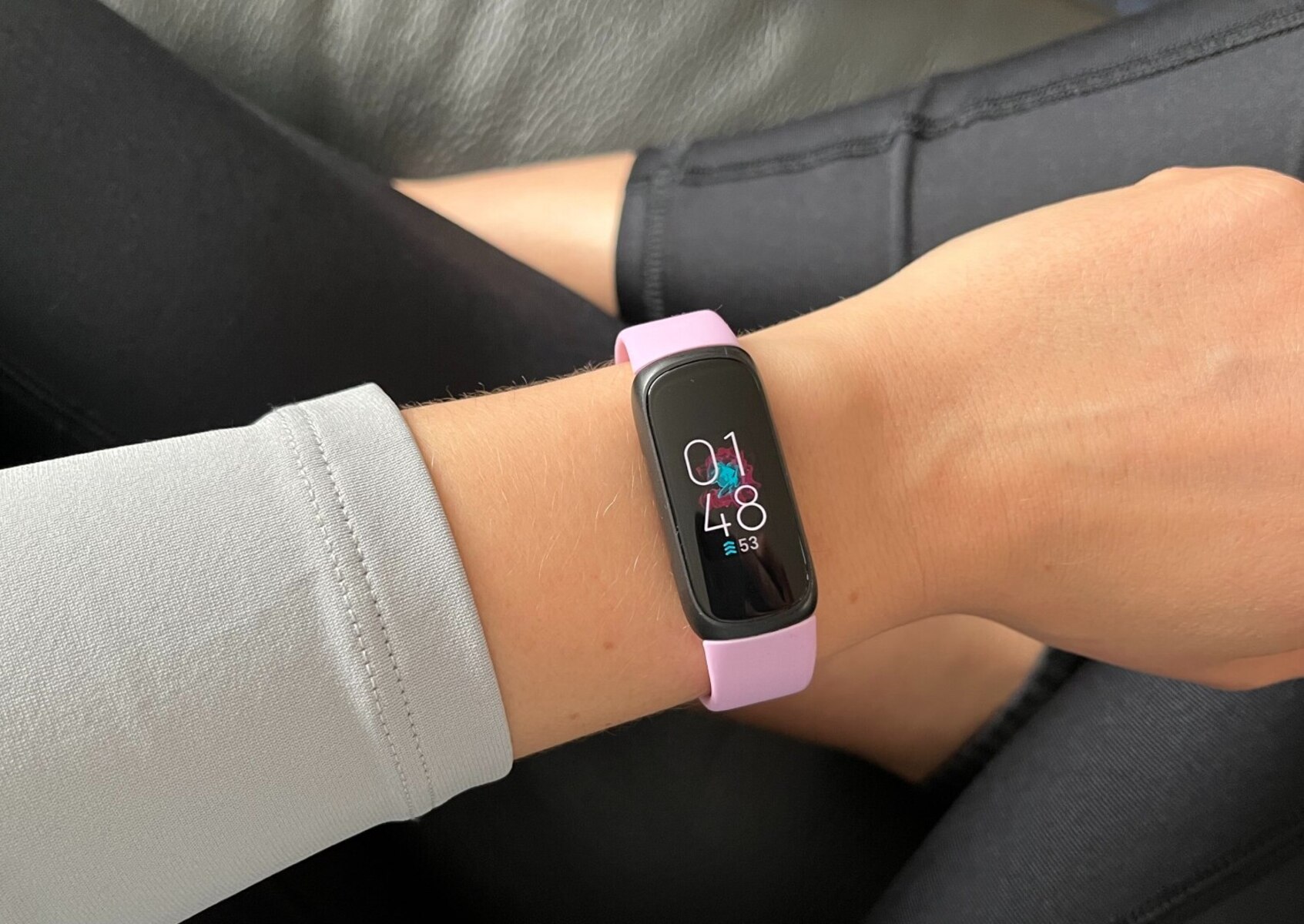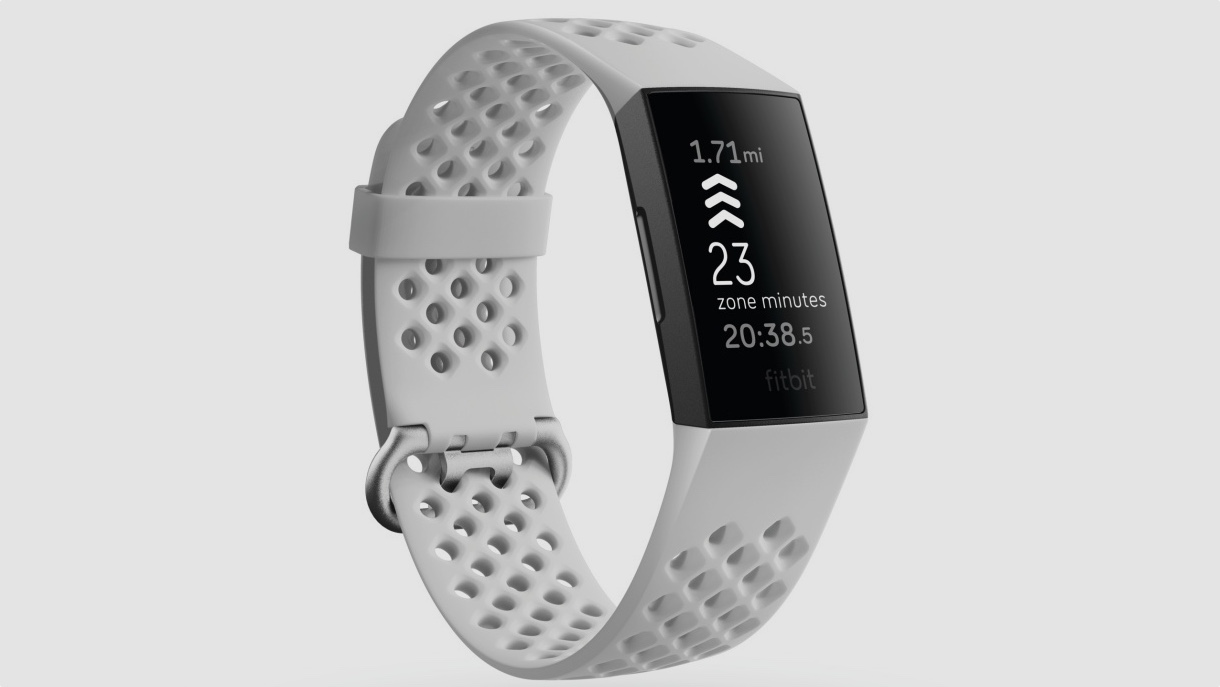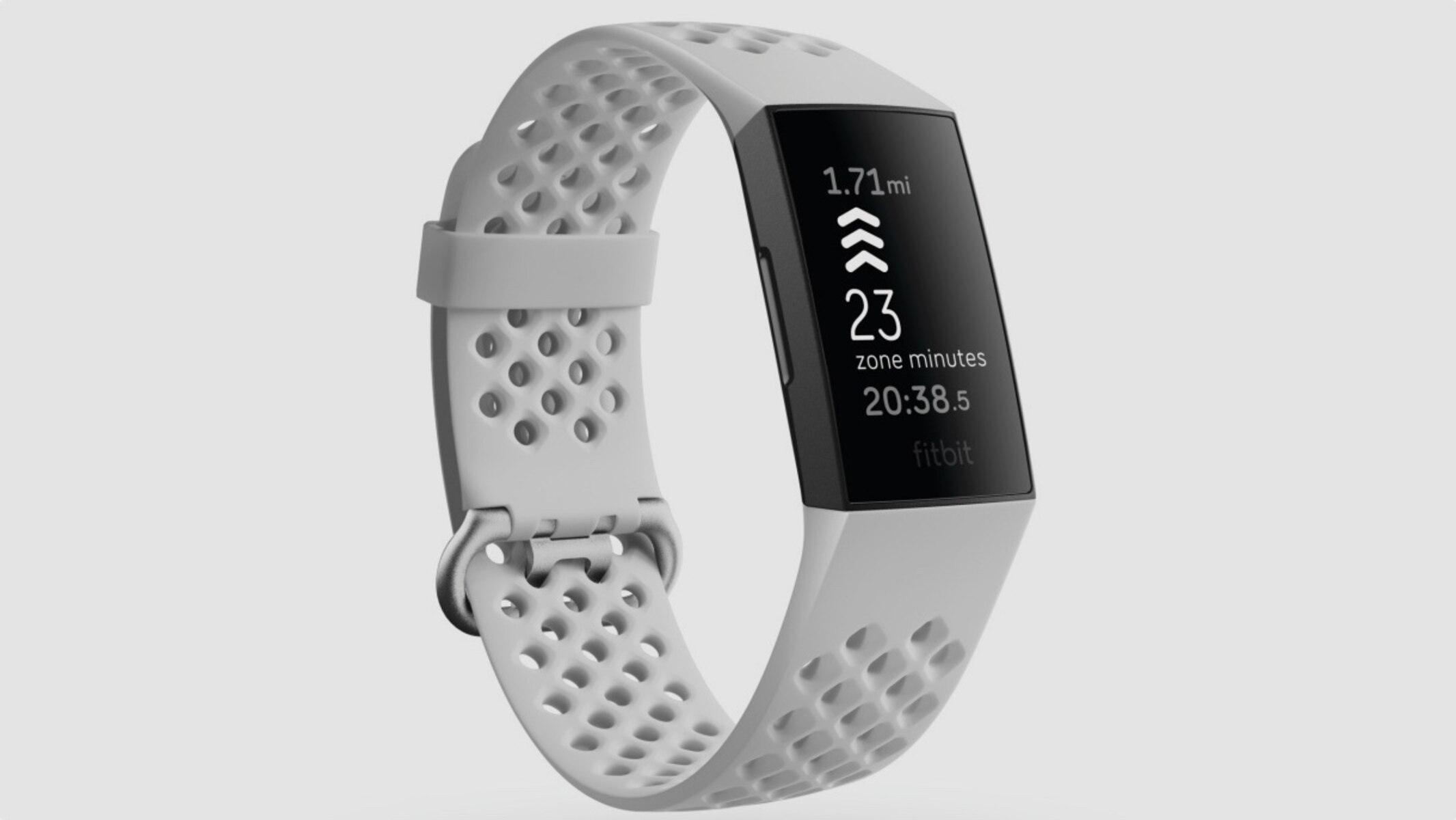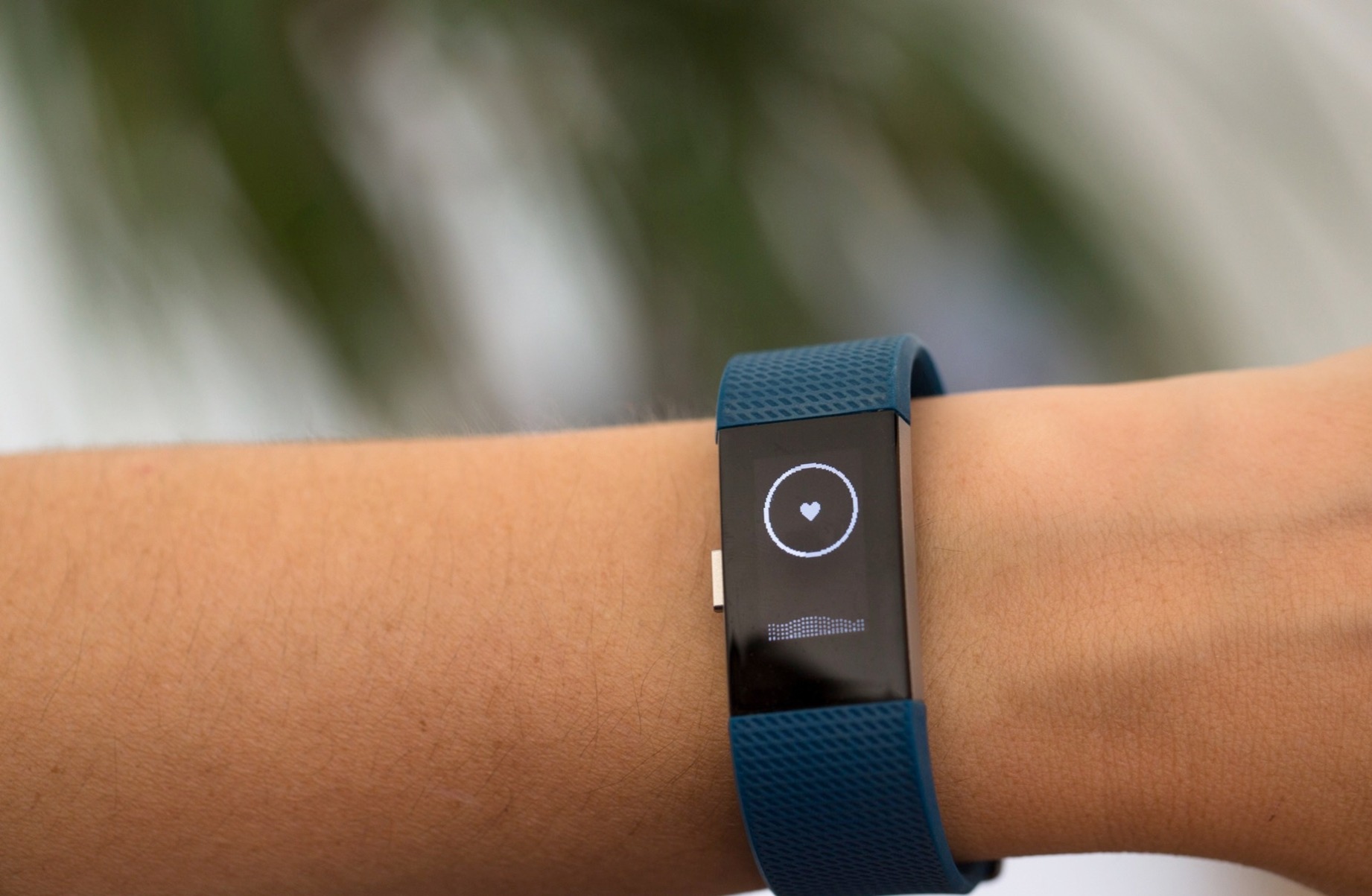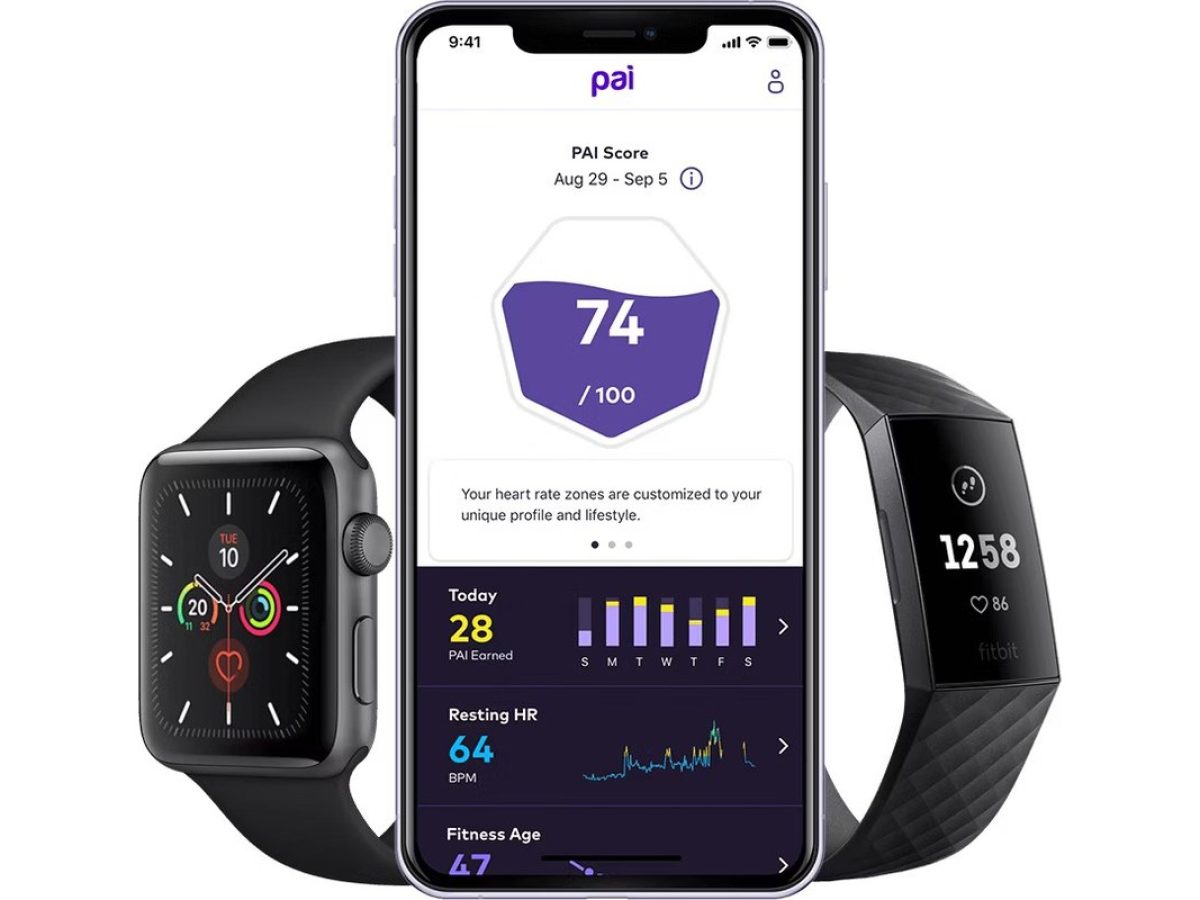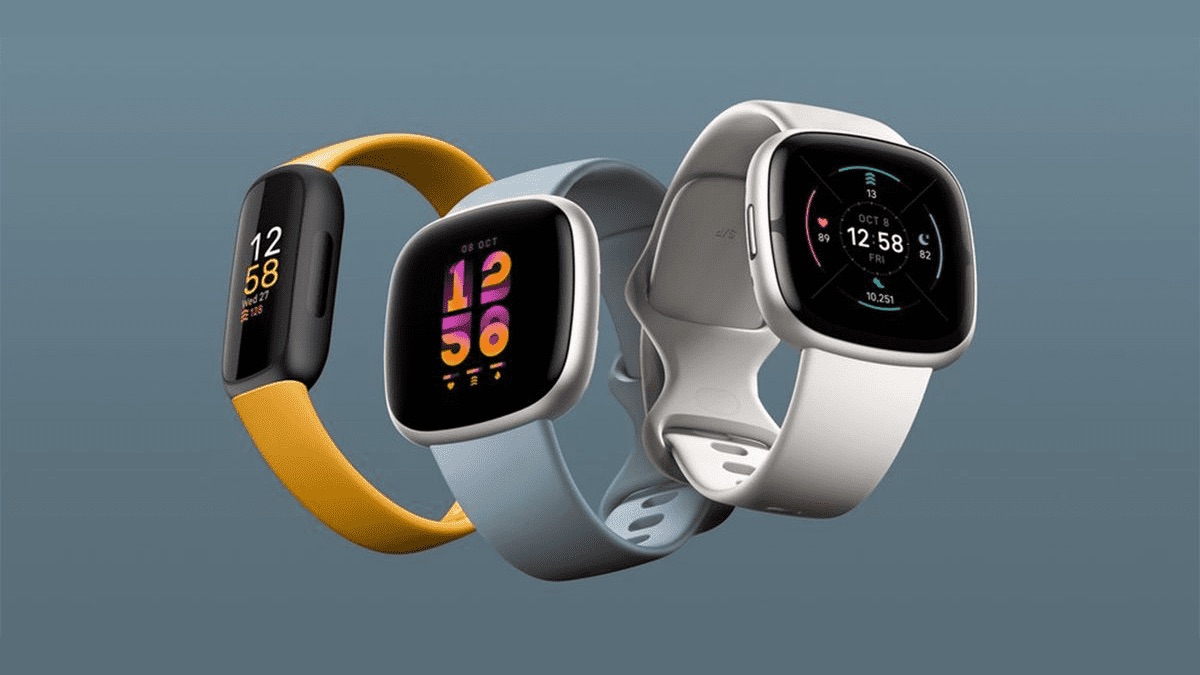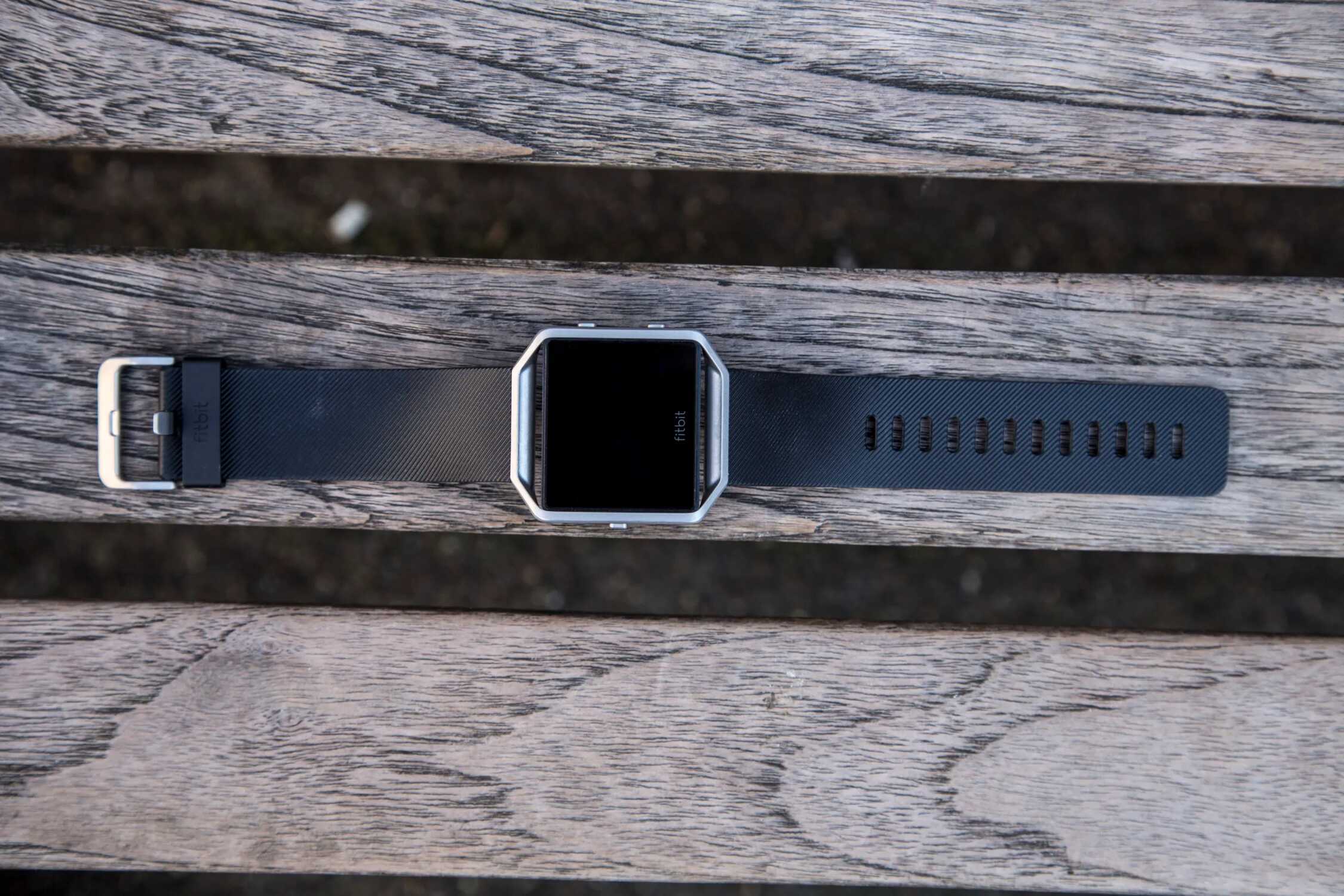Importance of Cardio Fitness
Cardio fitness, also known as cardiovascular fitness, refers to the ability of the heart, lungs, and circulatory system to supply oxygen and nutrients to the working muscles during prolonged physical activity. This form of fitness is crucial for overall health and well-being, as it plays a pivotal role in enhancing endurance, improving heart health, and boosting metabolism.
Engaging in regular cardio exercises can lead to a myriad of benefits, both physically and mentally. It strengthens the heart, enabling it to pump blood more efficiently, thereby reducing the risk of cardiovascular diseases. Additionally, cardio activities help in lowering blood pressure, improving cholesterol levels, and enhancing overall circulation, which are essential components of a healthy cardiovascular system.
From a weight management perspective, cardio workouts are highly effective in burning calories, aiding in weight loss, and maintaining a healthy body composition. They elevate the metabolic rate, leading to increased calorie expenditure during and after the workout, which can contribute to shedding excess body fat.
Furthermore, cardio fitness plays a crucial role in enhancing endurance and stamina, allowing individuals to engage in daily activities with reduced fatigue and improved efficiency. This endurance-building aspect is particularly beneficial for athletes and individuals participating in sports, as it can enhance their performance and reduce the risk of fatigue-related injuries.
Beyond the physical benefits, cardio exercises have a significant impact on mental well-being. They are known to release endorphins, also referred to as "feel-good" hormones, which can alleviate stress, anxiety, and depression. Regular participation in cardio activities can boost mood, improve cognitive function, and contribute to overall mental clarity and well-being.
In summary, prioritizing cardio fitness is essential for maintaining a healthy heart, enhancing endurance, managing weight, and promoting mental well-being. By incorporating regular cardio exercises into your fitness routine, you can reap the numerous benefits associated with improved cardiovascular health and overall well-being.
Setting Realistic Goals
Setting realistic goals is a fundamental aspect of improving cardio fitness with your Fitbit. By establishing clear and achievable objectives, you can effectively track your progress and stay motivated throughout your fitness journey. When setting fitness goals, it's important to consider your current fitness level, lifestyle, and any potential limitations to ensure that your targets are both challenging and attainable.
To begin, take a moment to assess your current cardio fitness level. Your Fitbit device provides valuable insights into your daily activity, heart rate, and overall fitness score, offering a comprehensive overview of your baseline fitness. Understanding where you currently stand in terms of cardio fitness will help you establish realistic goals that align with your current capabilities.
Once you have a clear understanding of your starting point, it's time to set specific and measurable goals. Instead of aiming for vague objectives such as "improving cardio fitness," consider setting targets like increasing your daily step count, reducing your resting heart rate, or completing a specific cardio workout with improved performance. These specific goals allow you to track your progress effectively and celebrate incremental achievements along the way.
When setting goals, it's crucial to consider your lifestyle and daily commitments. If you have a busy schedule, setting aside a specific time for longer cardio sessions might not be feasible. In such cases, focusing on achievable daily targets, such as taking short active breaks throughout the day or incorporating quick cardio bursts into your routine, can be more realistic and sustainable.
Furthermore, it's essential to acknowledge any potential limitations or health considerations when setting fitness goals. If you're recovering from an injury or managing a specific health condition, consulting with a healthcare professional or a fitness expert can help you set safe and realistic goals that support your overall well-being.
As you set your fitness goals, remember to prioritize consistency and gradual progression. It's okay to start with modest targets and gradually increase the intensity or duration of your cardio workouts as you build endurance and strength. Embracing a gradual approach to goal setting can prevent burnout and reduce the risk of injury, ultimately contributing to a sustainable and fulfilling fitness journey.
In essence, setting realistic goals for improving cardio fitness with your Fitbit involves assessing your current fitness level, establishing specific and measurable objectives, considering your lifestyle and potential limitations, and embracing a gradual and sustainable approach to progression. By setting attainable goals that align with your individual circumstances, you can embark on a purposeful fitness journey supported by clear targets and meaningful achievements.
Choosing the Right Cardio Activities
Selecting the most suitable cardio activities is a pivotal step in enhancing your fitness journey with Fitbit. The right choice of cardio exercises not only aligns with your preferences and fitness goals but also ensures an enjoyable and sustainable approach to improving cardiovascular health. With a myriad of cardio options available, it's essential to explore activities that resonate with your interests, accommodate your fitness level, and contribute to a well-rounded workout regimen.
When considering cardio activities, it's important to prioritize variety and versatility. Incorporating a mix of low-impact and high-impact exercises can help prevent monotony and reduce the risk of overuse injuries. Low-impact activities such as brisk walking, cycling, and swimming provide gentle yet effective cardiovascular workouts, making them ideal choices for individuals with joint sensitivities or those transitioning into regular exercise routines. On the other hand, high-impact activities like running, jump rope, and aerobic dance can elevate the heart rate and challenge endurance, catering to individuals seeking more dynamic and intense cardio workouts.
Furthermore, leveraging the features of your Fitbit device can enhance the selection process by providing insights into your heart rate zones, calorie expenditure, and overall activity levels. By utilizing the heart rate monitoring functionality, you can identify activities that elevate your heart rate into the desired training zones, ensuring that your chosen cardio exercises align with your fitness objectives. Additionally, incorporating Fitbit's activity tracking capabilities enables you to explore new cardio activities and gauge their impact on your fitness score, allowing you to make informed decisions about integrating diverse workouts into your routine.
Considering your personal preferences and lifestyle is also crucial when choosing cardio activities. If you thrive in outdoor settings, activities such as hiking, trail running, or outdoor cycling can offer a refreshing and invigorating cardio experience, complemented by the GPS tracking feature of your Fitbit device. Alternatively, if you prefer the convenience of indoor workouts, options like treadmill running, stationary cycling, and group fitness classes can provide versatile and climate-controlled cardio alternatives, aligning with your indoor fitness preferences.
In summary, choosing the right cardio activities for improving your fitness with Fitbit involves embracing variety, considering the impact levels of exercises, utilizing Fitbit's monitoring features, and aligning activities with your personal preferences and lifestyle. By integrating a diverse range of cardio exercises that resonate with your individual needs and fitness aspirations, you can elevate your cardio fitness score, enhance overall well-being, and embark on a fulfilling and sustainable fitness journey supported by tailored and enjoyable workouts.
Monitoring Your Progress
Monitoring your progress is a pivotal aspect of optimizing your cardio fitness with Fitbit. The ability to track and analyze your fitness journey empowers you with valuable insights, enabling informed decisions and facilitating continuous improvement. With Fitbit's comprehensive monitoring features, you can gain a deeper understanding of your cardio performance, set achievable milestones, and stay motivated throughout your fitness endeavors.
Fitbit's robust tracking capabilities provide real-time data on various aspects of your cardio activities. From heart rate monitoring to calorie expenditure and active minutes, your Fitbit device offers a comprehensive overview of your cardiovascular efforts. By regularly reviewing these metrics, you can gauge the intensity and effectiveness of your workouts, identify trends in your performance, and make necessary adjustments to optimize your cardio fitness.
The utilization of Fitbit's activity logs and progress charts further enhances your ability to monitor and visualize your cardio progress. These tools allow you to track your daily, weekly, and monthly activity trends, providing a clear snapshot of your cardio engagement over time. By observing patterns and fluctuations in your activity levels, you can identify areas of improvement, celebrate milestones, and stay accountable to your fitness goals.
In addition to tracking your cardio activities, Fitbit's sleep tracking functionality plays a crucial role in monitoring your overall well-being and its impact on your fitness journey. Quality sleep is integral to recovery and performance, and by leveraging Fitbit's sleep data, you can assess the correlation between your sleep patterns and cardio performance. This holistic approach to monitoring encompasses the interconnectedness of sleep, activity, and fitness, empowering you to make holistic lifestyle adjustments for optimal well-being.
Furthermore, Fitbit's goal-setting and progress tracking features enable you to establish personalized cardio targets and monitor your advancement towards these goals. Whether it's increasing your daily step count, achieving a specific active minutes target, or aiming for a lower resting heart rate, Fitbit's goal-tracking functionality keeps you focused and motivated. By regularly assessing your progress against these targets, you can celebrate achievements, recalibrate goals, and maintain a sense of purpose and direction in your cardio fitness pursuits.
In summary, monitoring your progress with Fitbit involves leveraging its comprehensive tracking features, visualizing your activity trends, recognizing the interplay between sleep and fitness, and setting and tracking personalized fitness goals. By embracing an informed and data-driven approach to monitoring, you can optimize your cardio fitness, stay motivated, and embark on a purposeful and rewarding fitness journey supported by continuous progress and achievement.
Incorporating High-Intensity Interval Training (HIIT)
High-Intensity Interval Training (HIIT) serves as a dynamic and effective approach to elevating cardio fitness, and integrating this technique with your Fitbit regimen can yield significant benefits. HIIT involves alternating between short bursts of intense exercise and periods of active recovery or rest. This form of training challenges the cardiovascular system, enhances endurance, and promotes efficient calorie burning, making it an ideal addition to your fitness routine.
When incorporating HIIT with your Fitbit, it's essential to leverage the device's tracking features to optimize your HIIT sessions. Fitbit's heart rate monitoring functionality provides valuable insights into your exertion levels during HIIT workouts, allowing you to gauge the intensity of your intervals and ensure that you reach and maintain your target heart rate zones. By utilizing this data, you can tailor your HIIT sessions to align with your fitness goals and progressively challenge your cardiovascular capacity.
Furthermore, Fitbit's interval training modes and workout tracking capabilities enable you to structure and record your HIIT sessions with precision. Whether it's sprint intervals, bodyweight circuits, or cycling sprints, your Fitbit device can accurately capture the duration, intensity, and calorie expenditure of each interval, providing a comprehensive overview of your HIIT performance. This data-driven approach empowers you to fine-tune your HIIT workouts, monitor progress, and strive for continuous improvement.
Incorporating HIIT with your Fitbit also extends beyond the workout itself, encompassing post-exercise recovery and analysis. Leveraging Fitbit's sleep tracking features can offer insights into the impact of HIIT on your sleep patterns and overall recovery, allowing you to optimize your rest and rejuvenation strategies. Additionally, by reviewing the post-workout heart rate data provided by Fitbit, you can assess your cardiovascular recovery rate, an indicator of your overall fitness level and the efficiency of your cardiovascular system.
Embracing HIIT with your Fitbit requires a balanced and progressive approach. As you integrate HIIT into your cardio routine, it's essential to start with manageable intervals and gradually increase the intensity and duration as your fitness improves. Fitbit's goal-setting features can aid in establishing achievable HIIT targets, such as increasing the number of high-intensity intervals per session or reducing the recovery periods, enabling you to track your HIIT progression effectively.
In essence, incorporating HIIT with your Fitbit involves leveraging the device's tracking capabilities to optimize workout intensity, structure and record HIIT sessions, analyze post-exercise recovery, and embrace a gradual approach to progression. By integrating HIIT into your cardio fitness regimen with Fitbit, you can elevate your cardiovascular endurance, maximize calorie burning, and embark on a purposeful and impactful fitness journey supported by dynamic and results-driven training.
Balancing Cardio with Strength Training
Achieving a harmonious blend of cardio and strength training within your fitness routine is essential for optimizing overall physical fitness and well-being. While cardio exercises focus on enhancing cardiovascular health, endurance, and calorie expenditure, strength training plays a pivotal role in building muscle strength, improving bone density, and boosting metabolism. By striking a balance between these two forms of exercise, you can experience comprehensive fitness benefits that encompass cardiovascular health, muscular strength, and functional mobility.
Integrating strength training into your fitness regimen alongside cardio activities offers a holistic approach to physical conditioning. Fitbit's versatile tracking features can be leveraged to monitor and optimize this balanced approach. By utilizing the device's activity logs and progress charts, you can assess the distribution of cardio and strength training sessions throughout your week, ensuring a well-rounded and sustainable exercise routine.
When incorporating strength training with your Fitbit, consider utilizing the device's heart rate monitoring functionality to gauge the cardiovascular demands of certain strength exercises. Engaging in circuit-style resistance workouts or incorporating compound movements can elevate the heart rate, providing a dual benefit of cardiovascular engagement alongside muscle strengthening. Fitbit's heart rate data can offer insights into the intensity of these strength exercises, enabling you to tailor your workouts for optimal cardiovascular and muscular conditioning.
Additionally, Fitbit's goal-setting features can aid in establishing balanced fitness targets that encompass both cardio and strength training objectives. By setting specific goals for strength-related activities, such as increasing the number of resistance training sessions per week or achieving progressive improvements in strength exercises, you can ensure that your fitness routine is well-rounded and inclusive of both cardio and strength training components.
Furthermore, the integration of strength training with your cardio-focused Fitbit regimen extends beyond physical conditioning, encompassing overall health and well-being. Strength training plays a crucial role in promoting functional mobility, enhancing posture, and reducing the risk of injury, complementing the endurance and cardiovascular benefits derived from cardio exercises. By embracing a balanced approach to fitness, you can cultivate a comprehensive foundation of physical resilience and vitality.
In essence, balancing cardio with strength training with the support of Fitbit involves integrating strength exercises into your fitness routine, leveraging tracking features to monitor the distribution of cardio and strength sessions, utilizing heart rate data to optimize strength workouts, and setting balanced fitness goals that encompass both cardio and strength training objectives. By embracing a holistic approach to physical conditioning, you can achieve a well-rounded and sustainable fitness regimen that encompasses the benefits of both cardiovascular and muscular fitness, supported by the insights and capabilities of Fitbit.
Prioritizing Rest and Recovery
Prioritizing rest and recovery is a fundamental component of optimizing your cardio fitness journey with Fitbit. While consistent physical activity is essential for enhancing cardiovascular health and overall well-being, adequate rest and effective recovery strategies are equally crucial for sustaining long-term fitness progress and preventing the risk of burnout or overtraining.
Rest and recovery encompass various aspects, including sleep, active recovery, and mindful rejuvenation. Fitbit's sleep tracking functionality provides valuable insights into the duration and quality of your sleep, empowering you to prioritize adequate rest for optimal recovery. Quality sleep plays a pivotal role in physiological and psychological restoration, contributing to muscle repair, hormone regulation, and cognitive function. By leveraging Fitbit's sleep data, you can assess your sleep patterns, identify opportunities for improvement, and cultivate healthy sleep habits that support your cardio fitness endeavors.
In addition to sleep, incorporating active recovery into your routine is essential for managing fatigue and promoting muscle recovery. Fitbit's activity tracking features enable you to monitor your daily movement patterns, allowing you to integrate gentle and restorative activities such as yoga, stretching, or leisurely walks. These low-impact activities facilitate blood circulation, alleviate muscle tension, and enhance flexibility, contributing to overall recovery and readiness for subsequent cardio workouts.
Furthermore, embracing mindful rejuvenation strategies can complement your rest and recovery efforts. Fitbit's mindfulness and stress management features offer guided breathing exercises and relaxation techniques, empowering you to manage stress levels and promote mental and emotional well-being. By incorporating brief moments of mindfulness into your daily routine, you can enhance resilience, reduce the impact of stress on your body, and create a conducive environment for effective rest and recovery.
By prioritizing rest and recovery, you can optimize the physiological adaptations derived from your cardio workouts, minimize the risk of injury, and sustain long-term fitness progression. Fitbit's comprehensive monitoring capabilities enable you to track your sleep patterns, incorporate active recovery, and embrace mindful rejuvenation, fostering a holistic approach to rest and recovery within your fitness journey. By recognizing the significance of rest as a catalyst for progress, you can cultivate a sustainable and balanced fitness regimen supported by effective recovery strategies and overall well-being.
Fueling Your Body with Proper Nutrition
Proper nutrition serves as a cornerstone of optimizing cardio fitness with Fitbit, playing a pivotal role in fueling your body for performance, supporting recovery, and enhancing overall well-being. By prioritizing nutrient-dense foods and mindful eating habits, you can maximize the benefits of your cardio workouts and sustain long-term fitness progress.
Balancing Macronutrients
Achieving a balanced intake of macronutrients – carbohydrates, proteins, and fats – is essential for supporting cardio performance and recovery. Carbohydrates serve as the primary energy source for cardio activities, fueling endurance and replenishing glycogen stores. Opt for complex carbohydrates such as whole grains, fruits, and vegetables to provide sustained energy throughout your workouts. Additionally, adequate protein intake supports muscle repair and growth, contributing to overall strength and resilience. Lean sources of protein such as poultry, fish, legumes, and dairy products can aid in post-workout recovery and muscle maintenance. Incorporating healthy fats from sources like avocados, nuts, and olive oil provides essential fatty acids that support cardiovascular health and nutrient absorption.
Hydration
Proper hydration is integral to cardiovascular function, endurance, and overall performance. Water plays a crucial role in regulating body temperature, transporting nutrients, and facilitating muscle contractions during cardio workouts. Fitbit's hydration tracking feature enables you to monitor your daily water intake, ensuring that you remain adequately hydrated throughout the day. By prioritizing hydration, you can optimize cardiovascular function, support efficient nutrient delivery, and enhance overall exercise capacity.
Pre- and Post-Workout Nutrition
Fueling your body with appropriate pre- and post-workout nutrition can significantly impact your cardio performance and recovery. Prior to cardio sessions, consuming a balanced meal or snack that combines carbohydrates and a moderate amount of protein can provide sustained energy and support muscle readiness. Fitbit's food logging feature allows you to track your pre-workout nutrition, enabling you to assess the impact of different meals on your cardio performance. Post-workout nutrition, emphasizing a combination of protein and carbohydrates, supports muscle recovery, glycogen replenishment, and overall recovery. By leveraging Fitbit's food logging capabilities, you can monitor your post-workout meals and optimize your nutrient intake for effective recovery and sustained fitness progress.
Mindful Eating
Incorporating mindful eating practices alongside your cardio fitness journey can enhance your relationship with food, promote satiety, and support overall well-being. Fitbit's food logging feature and meal tracking functionalities enable you to cultivate awareness of portion sizes, meal composition, and eating patterns. By practicing mindful eating, you can make informed dietary choices, savor the flavors of nutrient-rich foods, and develop a sustainable approach to nourishing your body for optimal cardio fitness.
By prioritizing proper nutrition and leveraging Fitbit's tracking features to monitor your dietary choices, you can fuel your body effectively, optimize cardio performance, and sustain long-term fitness progress. Embracing a holistic approach to nutrition within your fitness journey empowers you to cultivate a nourishing and balanced relationship with food, enhancing your overall well-being and cardio fitness endeavors.
Staying Consistent and Persistent
Consistency and persistence are the cornerstones of a successful cardio fitness journey with Fitbit. By committing to regular exercise and maintaining a resilient mindset, you can achieve sustainable progress, optimize cardiovascular health, and foster a sense of empowerment in your fitness endeavors.
Consistency in cardio engagement involves establishing a regular exercise routine that aligns with your lifestyle and preferences. Whether it's scheduling daily brisk walks, incorporating weekly cycling sessions, or participating in group fitness classes, finding activities that resonate with your interests and are feasible within your daily schedule is crucial. Fitbit's activity tracking and goal-setting features enable you to establish achievable daily and weekly targets, fostering a sense of accountability and motivation to stay consistent with your cardio workouts.
Moreover, integrating cardio activities into your daily routine, such as taking the stairs instead of the elevator or opting for active transportation, contributes to sustained physical activity levels. Fitbit's activity monitoring functionalities provide insights into your daily movement patterns, encouraging you to embrace an active lifestyle beyond structured workouts.
Persistence in cardio fitness entails overcoming challenges, embracing setbacks, and maintaining a resilient mindset throughout your fitness journey. There may be days when motivation wanes, energy levels fluctuate, or external factors impact your workout schedule. However, by cultivating a persistent mindset and viewing obstacles as opportunities for growth, you can navigate through temporary setbacks and stay committed to your fitness goals.
Fitbit's progress tracking and goal-setting features play a pivotal role in fostering persistence by allowing you to celebrate achievements, recalibrate goals, and stay focused on long-term progress. By acknowledging incremental improvements and embracing a growth-oriented mindset, you can sustain motivation and determination in your cardio fitness pursuits.
In essence, staying consistent and persistent with your cardio fitness journey involves establishing a sustainable exercise routine, integrating daily physical activity, and maintaining a resilient mindset. By leveraging Fitbit's monitoring and goal-setting capabilities, you can foster a sense of accountability, celebrate progress, and sustain motivation, ultimately embarking on a purposeful and enduring fitness journey supported by consistency and persistence.










